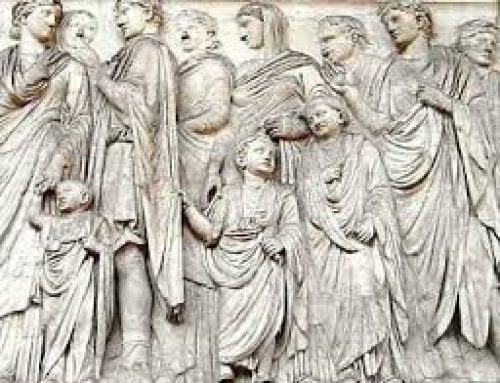
A math problem showing place value
How can you add big numbers without an abacus? You still group the sheep (or whatever) just as you did when you were using the abacus, but now you write the numbers down using place values, so that your hundreds are all underneath your other hundreds, your tens are underneath your other tens, and your ones are underneath each other too.
But suppose when you group your sheep, there aren’t any groups of ten? What if you’re trying to add 405 + 234? That’s why mathematicians in India, about 500 AD, invented the idea of zero. Zero means “nothing” – it comes from the Sanskrit word “sunya” meaning “empty”, which Abbasid mathematicians translated into Arabic as “sifr”, also meaning “empty.” Our word “zero” is just the way English-speakers pronounce “sifr”. Ordinary people in Western Europe didn’t learn to use zero to add numbers until the 1500s AD, a thousand years after zero was invented. You can use zero to mark your place, keeping your hundreds all lined up with your hundreds and your ones all lined up with your ones.
It doesn’t matter what order you put your addition problem in: 5 + 2 is always the same as 2 + 5, and 256 + 672 is always the same as 672 + 226. Using place values to add the numbers will still work.
How about adding areas – pieces of a plane – together? You just add them – 3 square feet and 4 square feet is 7 square feet. You don’t have to do anything fancy.
Learn by doing: the number line
More about Indian mathematics
Bibliography and further reading about zero:




